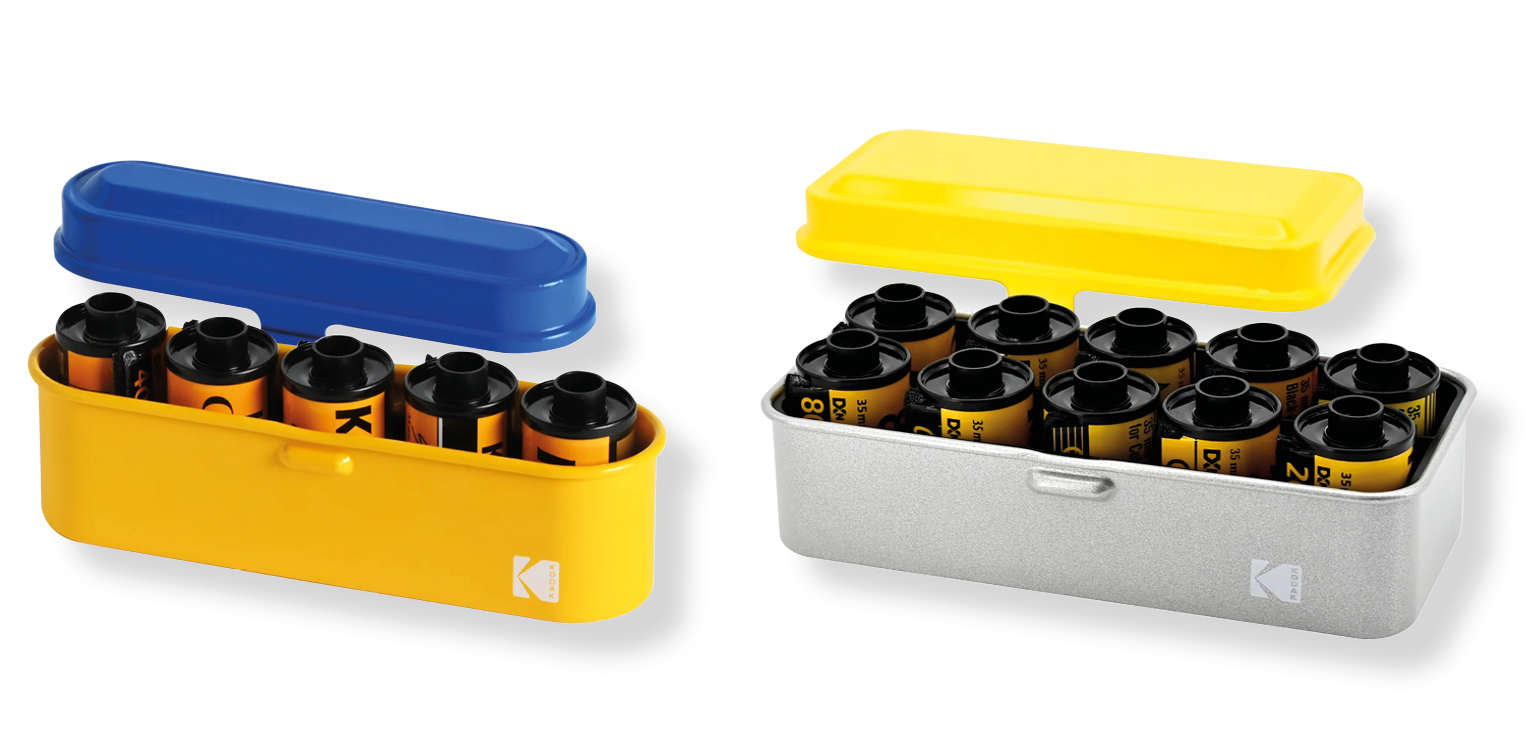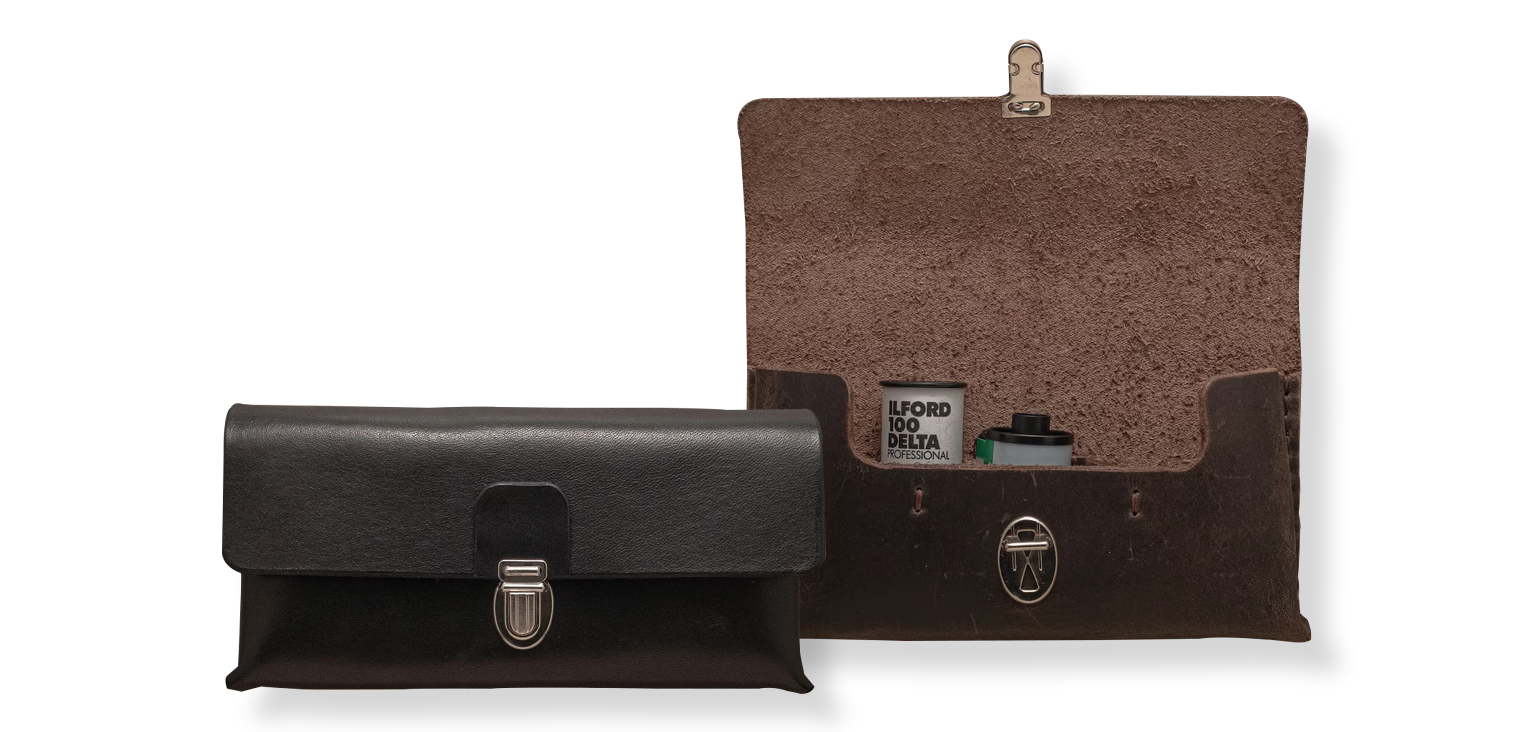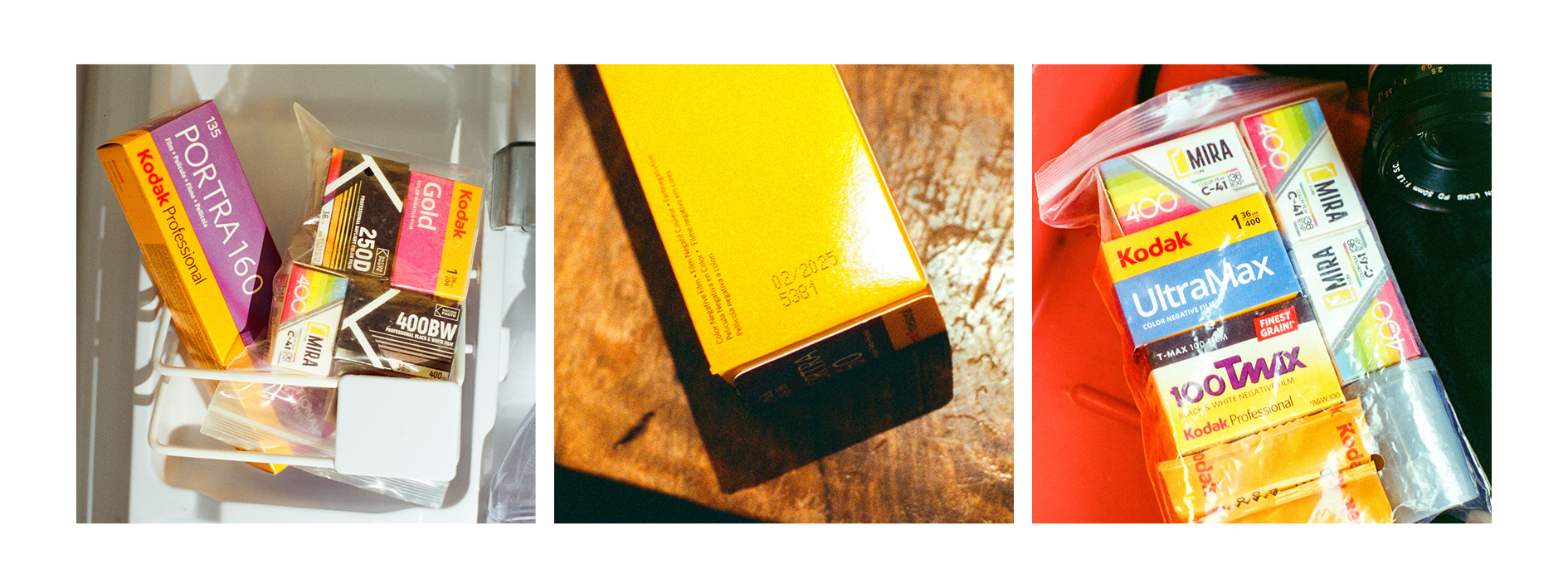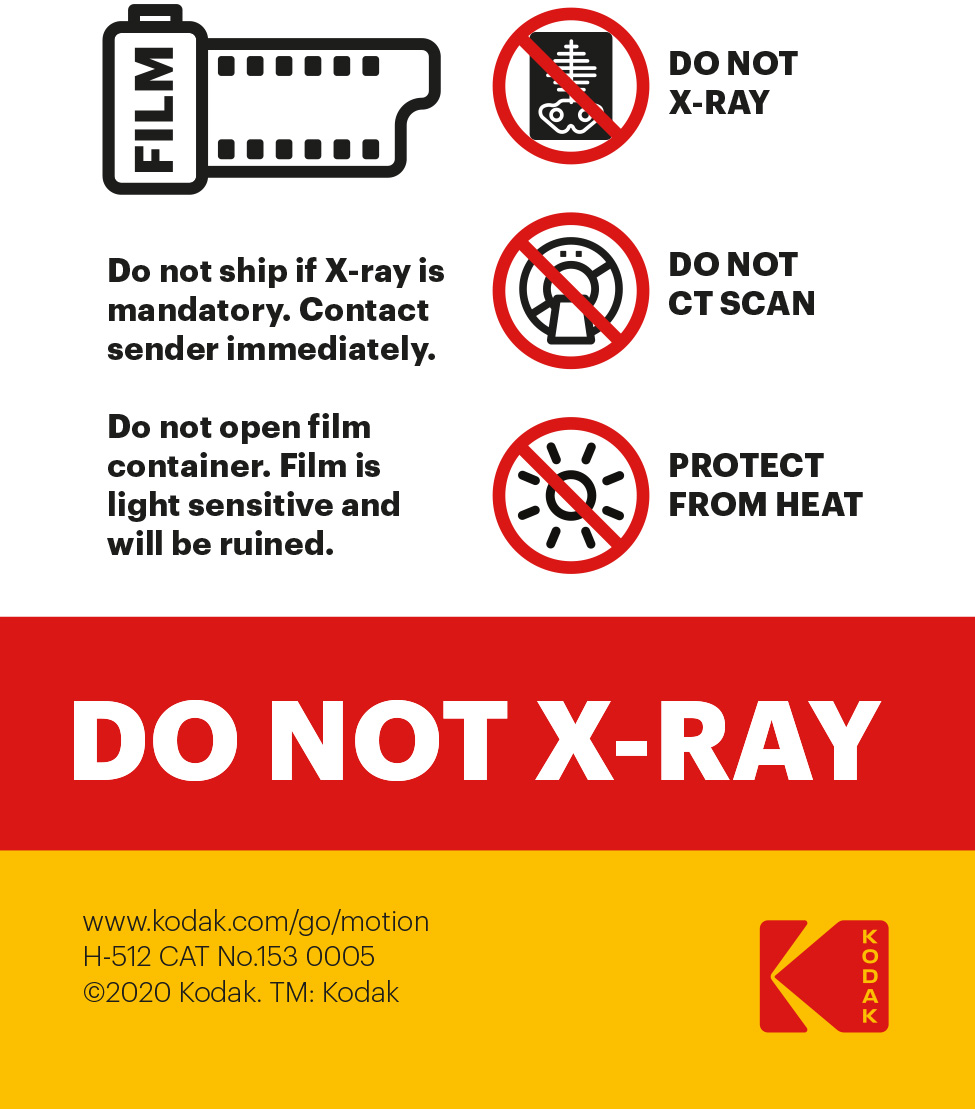How to properly store your films in Summer
Published :
07/23/2024 10:55:14
Categories :
Lab news

Summer has finally arrived! Your desire to travel is at its peak, and it's time to pack your bags. You want to bring your favorite films on vacation to capture all the photographic opportunities that come your way, but you have two questions: how do you transport them without damaging them? And how do you store them properly? We've got all the answers in this article!
Transporting your films
There are several options for safely transporting your films during trips. Some prefer to keep them in their original packaging, while others opt to remove the packaging and place the films in dedicated cases or in bulk inside transparent zip-lock or freezer bags to lighten their backpack or suitcase. Besides being aesthetically pleasing, the metal Kodak Film Cases protect 135 or 120 film rolls from light and dust, just like the vegan leather cases made in Italy by Bottega Mancino.
Tip:
If you remove your films from their original packaging but don’t end up using them during your trip, you can mark the expiration date on them with a marker to avoid any doubts about their expiration if you use them later.
Kodak Metal Film Cases 135/120 Vegan leather cases by Bottega Mancino Transparent Zip-lock
Storing your films
Summer means heat, and heat is the number one enemy of our precious films. It is strongly recommended to store your films away from light, in a cool and dry place. For color films, a temperature below 10°C (50°F) is recommended, while for black and white films, a temperature below 20°C (68°F) is advised.
Option #Fridge
Storing your films in the fridge can slow down the gradual degradation of the emulsion and keep them fresh. If you choose to do this, make sure to protect your films from moisture, which is the second enemy of your films. Store them in their cardboard and plastic boxes. If you have films but no longer have their airtight plastic cases, we recommend getting some from your favorite lab or placing them in a plastic bag (like a freezer bag) or any other airtight container. If your film comes into contact with moisture, the emulsion will be damaged. If you take a film stored in the fridge for a shoot, it is advisable to take it out several hours in advance so it can return to room temperature.
Moreover, while storing color films in the fridge is recommended, this is not necessarily the case for black and white films: cold storage could alter the emulsions, so we advise storing them in a box in a piece of furniture and in a room less exposed to heat.
Option #Freezer
Next to your favorite ice creams in the first compartment of your freezer, place a pack of your favorite Kodak films. At first glance, this might seem scary, but don’t worry, it’s entirely possible! Provided you store them correctly. Some photographers choose to freeze their films to keep them for several months or even years if they don’t intend to use them immediately. This stops any emulsion deterioration and guarantees the best possible image quality when it’s time to use them. However, it is advisable to place the films in their original boxes inside a waterproof bag, which is then placed inside an airtight container. This prevents any damage! If you take a film out of the freezer for a shoot, take it out a day in advance to let it return to room temperature.
#EXPIREDFILMCLUB
Have you noticed that your film’s expiration date has passed? Don’t worry, even if the date has passed by several months or even years, if the film has been stored correctly in a cool, dry, and dark place, you can still use it. You might notice some color changes or more grain, depending on the storage conditions. After exposing your film, it’s recommended to take it to the lab as soon as possible for development to prevent further emulsion degradation. If that’s the case, inform the lab before development; they can take necessary precautions if needed!
NOTE
Unshot new films are more resistant than shot but undeveloped films. The colors of the latter can vary and be more susceptible to heat or X-rays at airports. So, for optimal results, if you’ve just finished a roll, don’t wait too long and take it to the lab for development as soon as possible.
X-RAYS
Are you going on a trip abroad and flying, but worried that your films might be affected by X-rays? Indeed, all airports have X-ray baggage inspection systems. These rays are known to be harmful and can fog new or shot but undeveloped films, regardless of the format. However, if the films have already been developed, your negatives will be immune to radiation effects. Here are some recommendations.
Checked luggage or carry-on?
The scanners used for checked luggage are much more powerful than those for carry-on (hand luggage), which have lower radiation levels. Therefore, for the survival of your films, it is essential to place them in a resealable transparent bag in your carry-on, just like your camera if it’s already loaded with film. If you put your films in checked luggage, they will be fogged, and your photo lab will not be able to correct the damage in post-production, as the damage is unfortunately irreversible.
To ensure that no radiation affects your film’s emulsion, it is advised not to carry films with more than 800 ISO. Beyond that, films can be fogged. If you want to take this risk and bring highly sensitive film, request a manual check at the airport. It is advisable to prioritize lower ISO films in case your manual check request is denied.

CT Scanners: a new challenge
In the United States, the TSA (Transportation Security Administration) is deploying new CT (Computed Tomography) X-ray scanners in about twenty airports across the country. Kodak informs us that this new generation of scanners has much stronger radiation that can damage and fog 400 ISO films in a single pass. Here, the recommendation for carry-on becomes obsolete; it is then recommended to insist on manual inspection of your films with airport agents. Although they are trained to handle such requests, they have the freedom to refuse. To support your request, Kodak provides a sticker on their website to print and attach to your bag (see below).
These new scanners are also expected to arrive soon in Europe. ILFORD has already started addressing the issue, assuring users of the danger these machines pose to their ILFORD and KENTMERE film ranges, regardless of the film's sensitivity. We hope that these new security measures will allow for more flexible control from agents, increasingly accepting manual inspections for our precious analog films.




